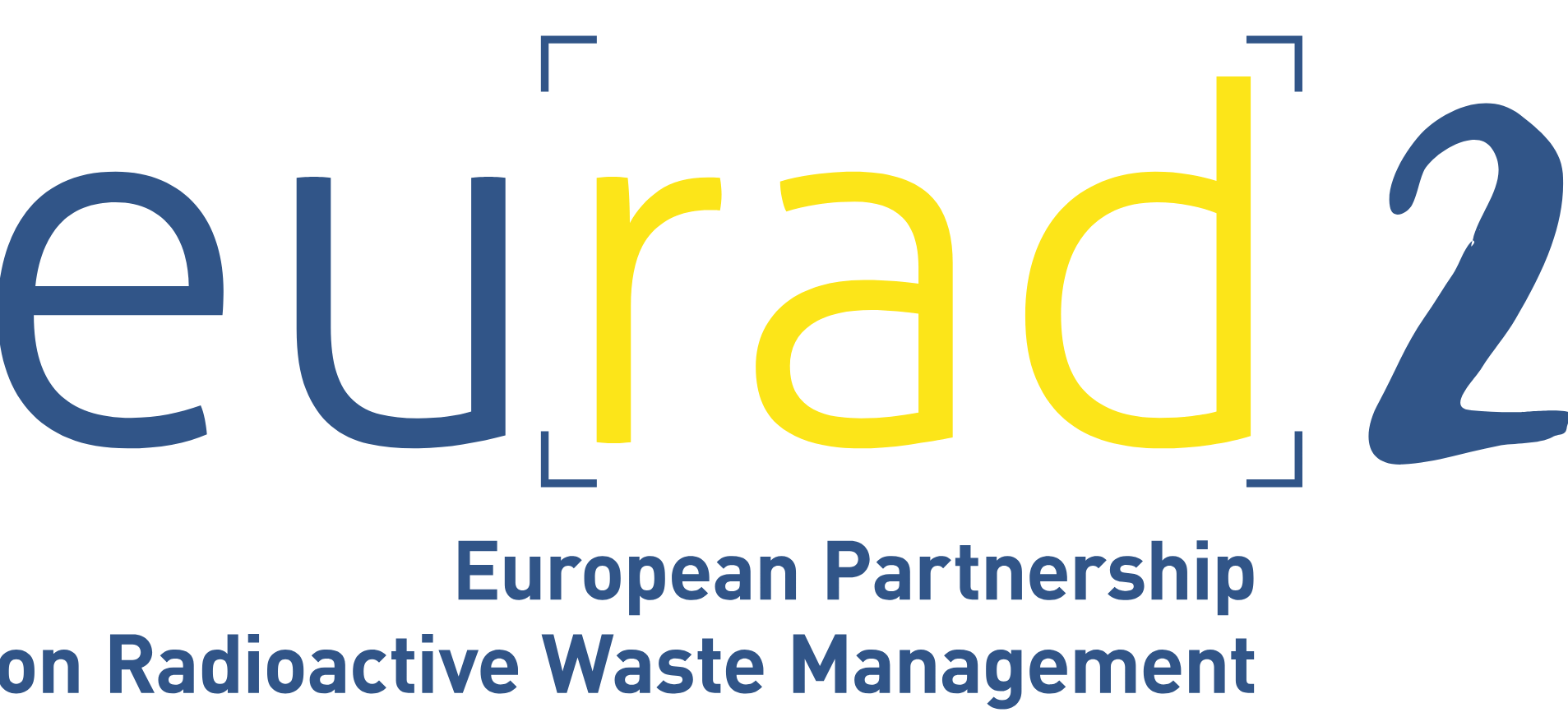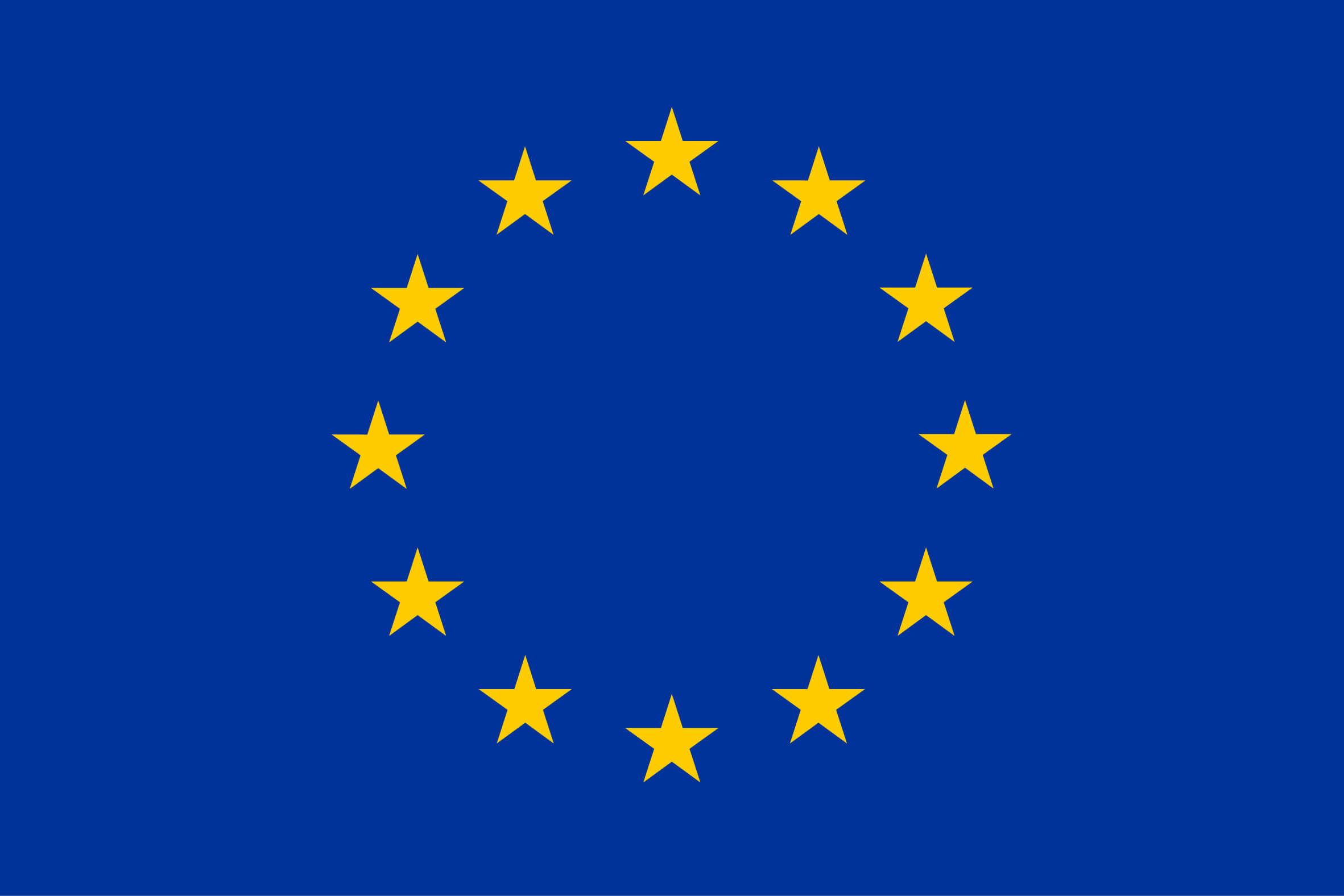Next generation Digital Twins to support Optimisation, Construction and Operation of surface and subsurface radioactive waste management facilities (DITOCO2030)
DITOCO2023 is a strategic study Work Package (WP) with EURAD-2.
Overview
The nuclear sector is now at the doorstep of adopting new technologies for its safety-critical and societally important endeavours. A digital twin (DT) of an intermediate storage facility, or a subsurface facility for radioactive waste disposal is a virtual replica of the physical facility that is created using carefully selected and appropriate results needed for decision-making. At present, differently structured data, heterogeneous transfer methods, and proprietary software applications prevent the digital continuity of this information from the appointed to the appointing party. One of the biggest challenges is to harmonize the various objectives and issues of DT (long-term safety, operational phase, design and optimization, communication…) and federate in an interoperable way all the dedicated disciplines and knowledge in a DT.
Cross-industrial cooperation for next-generation DT in the nuclear sector can yield significant benefits in terms of innovation, safety, and efficiency. The vision of this WP is to establish a shared understanding of the specific requirements from various disciplines within a DT framework. The WP will identify the major challenges to tackle and set key performance indicators to identify the expertise and capacity that is needed to address the RD&D challenges. The added value lies in the evidence-based i) identification and management of risks, ii) performance assessment of safety margins, iii) optimization of design configurations, iv) calculation of costs to completion, v) engagement improvement with stakeholders.
As of today, there is no universally applicable DT in existence. However, there is an expectation that significant steps can be taken toward realizing this vision within the framework of EURAD-2 DITOCO work. This progress will involve the progress towards a more aligned markup language and an open standard for nuclear waste management. Achieving this goal necessitates a collaborative international effort, and cross-industrial cooperation, EURAD-2 is ideally positioned to facilitate the development required for this purpose.
Objective
The objective of this WP is to lay-out the path on how to close the R&D gap between the currently fragmented digital twins (DT) of individual disciplines, common data environments and decision-making platforms to better understand the opportunities and limitations of DT in their deployment in whole life cycle of waste management.


